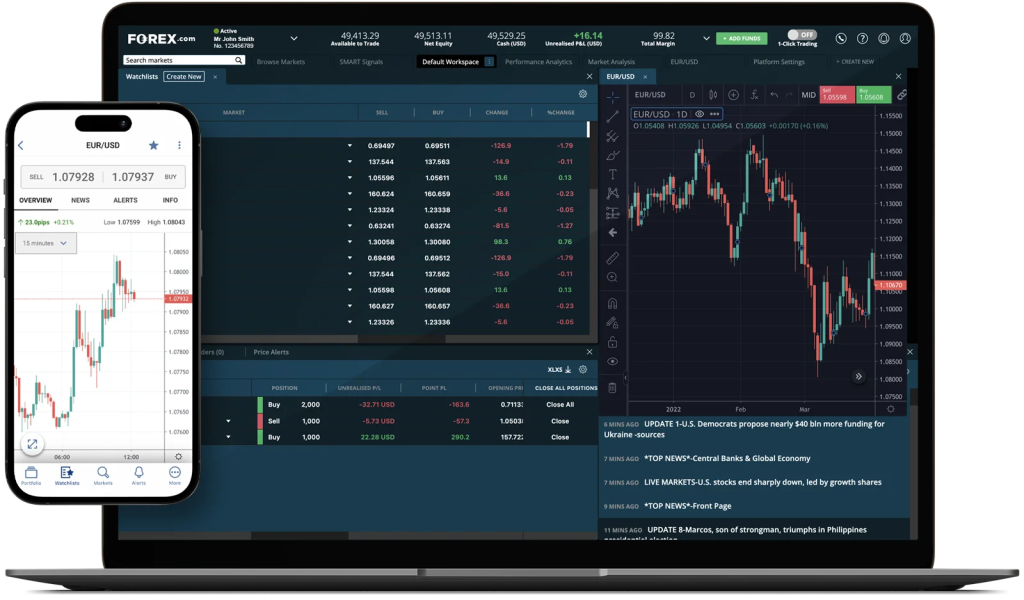Forex trading, also known as international trade trading, requires the buying and selling of currencies on the foreign trade market with the aim of making a profit. It’s the greatest financial market globally, having an average daily trading size exceeding $6 trillion. Forex trading offers investors and traders the chance to suppose on the fluctuation of currency rates, allowing them to probably make money from changes in trade rates between various currencies.
One of the crucial features of forex trading is its decentralized nature, as it runs twenty four hours each day, five times per week across different time locations worldwide. This supply enables traders to participate available in the market whenever you want, giving ample options for trading round the clock. Also, the forex market is extremely fluid, and therefore currencies can be purchased and sold quickly and simply without considerably affecting their prices.
Forex trading involves the utilization of leverage, allowing traders to regulate larger jobs with a lesser amount of of capital. While power can enhance gains, additionally, it increases the chance of failures, as actually small changes in currency prices can lead to significant increases or losses. Thus, it is required for traders to handle their risk cautiously and use proper chance management strategies, such as for instance setting stop-loss requests and diversifying their trading portfolio.
Moreover, forex trading supplies a wide variety of trading methods and practices, including technical examination, basic analysis, and belief analysis. Complex examination involves studying famous cost knowledge and applying various indications and chart styles to recognize trends and estimate future price movements. Fundamental examination, on one other give, centers on considering financial indicators, media events, and geopolitical developments to gauge the intrinsic value of currencies. Feeling examination requires gauging industry sentiment and investor conduct to anticipate changes in market sentiment.
More over, breakthroughs in engineering have converted the landscape of forex trading, which makes it more accessible and efficient than ever before. On line trading tools and cellular applications let traders to accomplish trades, access real-time market data, and check their roles from everywhere with a web connection. Also, computerized trading methods, such as expert advisors (EAs) and trading robots, may implement trades immediately based on pre-defined requirements, eliminating the necessity for manual intervention.
Despite its prospect of revenue, forex trading bears natural dangers, and traders should be aware of the issues and issues connected with the market. Volatility, geopolitical functions, and sudden market activities can lead to substantial losses, and traders must forex robot be prepared to handle these risks accordingly. Furthermore, cons and fraudulent activities are prevalent in the forex industry, and traders must workout caution when selecting a broker or investment firm.
In conclusion, forex trading offers a dynamic and perhaps lucrative chance for investors and traders to be involved in the world wide currency markets. Using its decentralized nature, high liquidity, and accessibility, forex trading is becoming increasingly popular among individuals seeking to diversify their investment account and capitalize on currency cost movements. However, it’s needed for traders to inform themselves about the market, create a strong trading plan, and exercise disciplined chance administration to flourish in forex trading within the long term.

